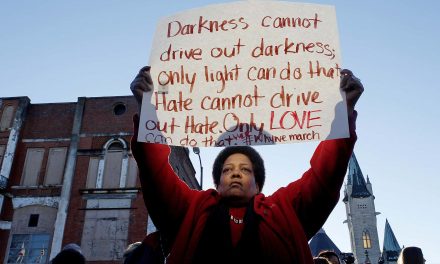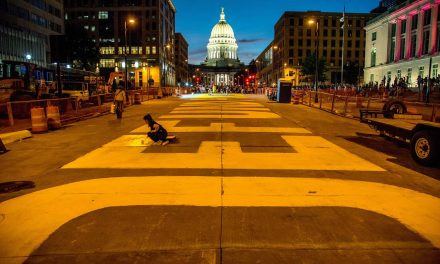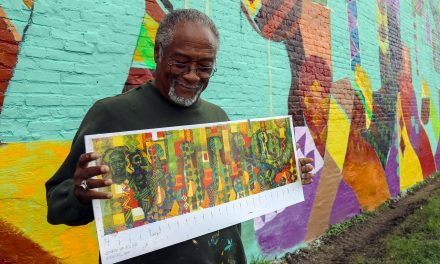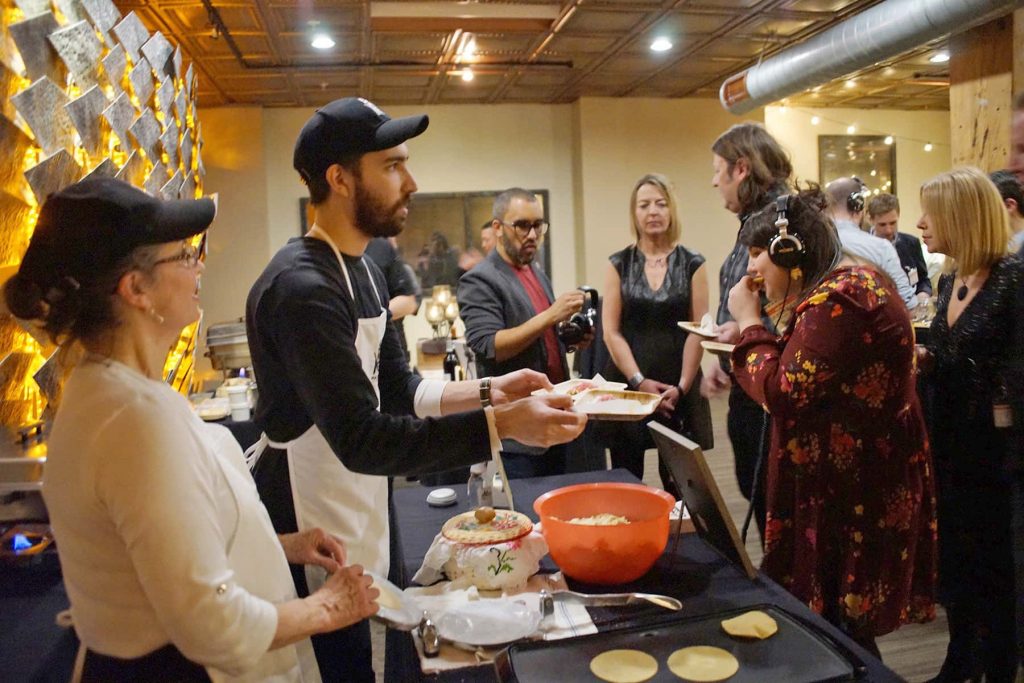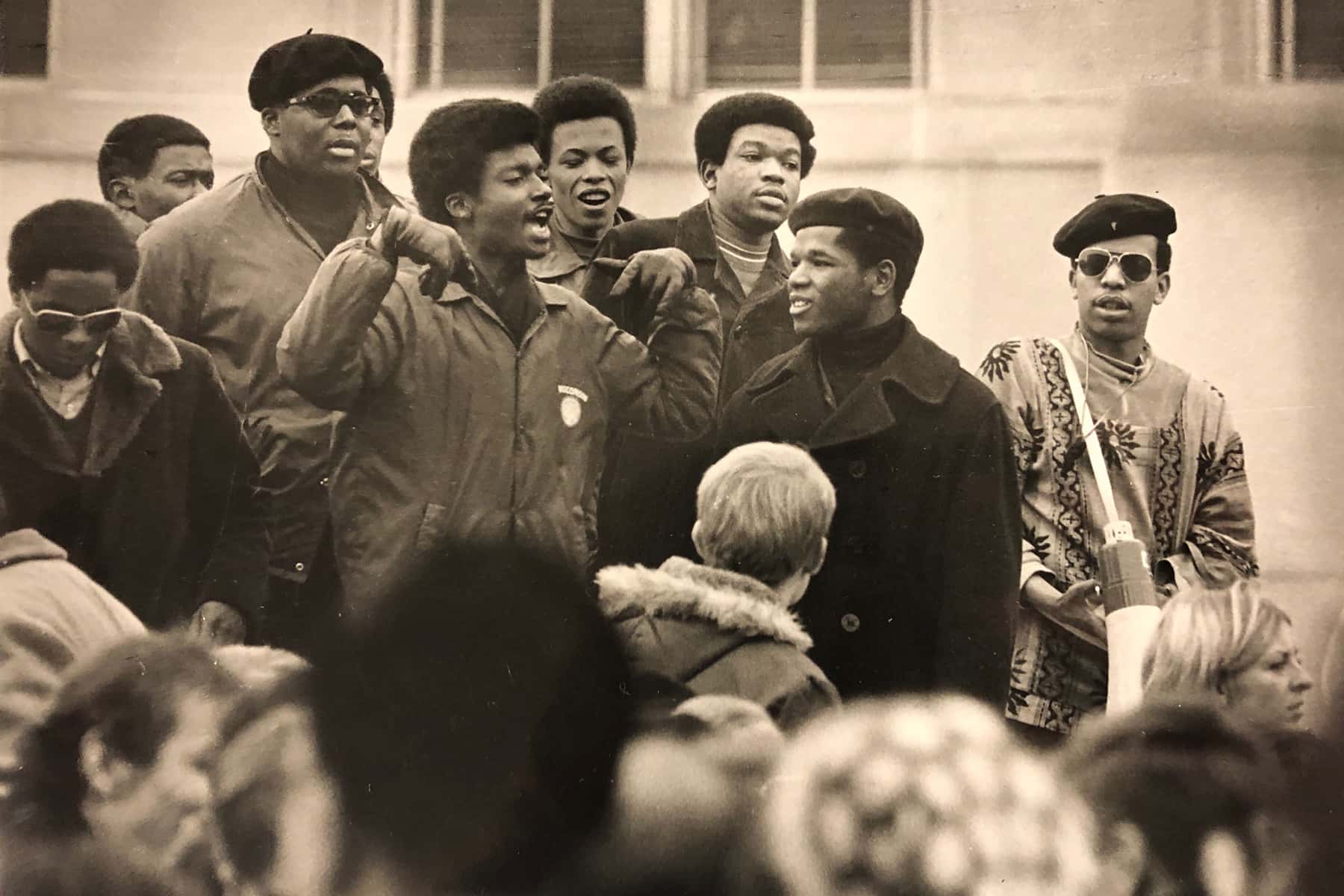
In 1969, black students at the University of Wisconsin-Madison called for a strike. Longstanding issues of diversity, a lack of an African-American Studies Department and other key issues were tenets of their 13 demands issued to administrators. They marched to the Capitol, took over classrooms, and blocked entrances.
Memorialized as the Black Student Strike, its 50th anniversary prompted both celebration and reflection across campus in 2019. Alexandria Millet, a sophomore majoring in journalism, was admitted as a Chancellor’s Scholar. She was first exposed to the strike during a project in her introductory journalism class. From there, her interest grew.
Millet and nine other student journalists worked with University Communications to produce a comprehensive oral history of the strike this month, drawing on numerous interviews with the student protesters and archival material, some of it never published before. Millet discovered the issues black students were protesting against in the 1960’s were not so different from the issues facing black students on the UW-Madison campus today.
“My project showed me a lot … it was sobering to know that these things aren’t new and not too much as changed,” Millet said. “It’s sometimes frustrating to live inside this campus that claims to be so progressive, but race issues have been historically here since the beginning.”
One of the 13 demands called for the admission of at least 500 black students for the fall semester of 1969. In 2019, the campus still struggles with cultivating a diverse community. For the fall of 2018, 67.2 percent of UW-Madison’s 44,411 enrolled students were white. African-Americans accounted for just 2.85 percent of students, despite 6.7 percent of Wisconsin’s residents being black or African-American.
A panel in early February at Memorial Union’s Play Circle featured former UW-Madison students who participated in the strike. Hazel Symonette, a panelist who has been involved with UW-Madison for the past 49 years, lamented the school’s lack of diversity when she attended and that the campus did not reflect Wisconsin’s racial breakdowns as a state.
“I came as a grad student from a historically black college, and so coming to this place was … quite an experience,” Symonette said.
The strike was symbolic of a greater movement across campus and across Wisconsin. In 1968, 94 black students protested at UW-Oshkosh, entered the president’s office and demanded he address their concerns over racial inequalities. Instead of the university conceding to their demands, which included coursework in African-American literature and studies and the hiring of black instructors, the students were arrested, jailed and later expelled.
In a show of solidarity, UW-Madison’s students demanded “all expelled UW-Oshkosh students who wished to attend UW-Madison be admitted immediately” when they presented their demands to the chancellor on February 7, 1969. When the strike occurred, as many as 3,000 students demonstrated in front of 10 campus buildings. Later, 900 Wisconsin National Guard troops were activated. Millet said she was disappointed with the lack of progress UW-Madison has seen since.
“I can go into a lecture hall of 400 people and there’s nobody that looks like me,” Millet said. “We have a long way to go. It’s disheartening.”
The lessons and legacies of the strike influenced how Millet approached her peers on campus. She honed in on the idea of educating others — being open to tough conversations with white friends, standing up for herself and openly discussing the history of racial disparities at UW-Madison.
The racial climate at UW-Madison disproportionately affects students of color and their feelings of belonging on campus. A study from University Health Services found that the racial climate at UW-Madison was a significant factor for students of color who considered leaving the university, with 54.5 percent citing it as a major concern. By comparison, just 6.9 percent of white students cited it.
The Wisconsin Black Student Union held a march on the 50th anniversary of the strike. Jane Brotman, a student who attended the strike 50 years ago, returned to campus to march alongside the new generation of UW-Madison activists.
“One of the things that was really wonderful about the black student strike was how many students participated … that was just a wonderful experience to all be together and share that,” Brotman said.
Symonette discussed the importance of maintaining the legacy of not just the Black Student Strike, but black sacrifice in general. Many black students were discouraged from pursuing further education and felt forced to sacrifice their education, Symonette said. On February’s panel, at least half the members chose to leave the university and not pursue their degrees after the strike.
“We are standing on shoulders of people [who sacrificed], those of us who are here now,” Symonette said. “There are folks who will stand on our shoulders, too.”
The creation of a Department of Afro-American Studies, which is currently housed in the College of Letters and Sciences, was cited by both Symonette and Millet as an important legacy of the strike. Millet said it was “one of the big outcomes” of the strike. The department offers five majors and tailored Masters programs that often bridge to further graduate degrees — and Millet’s older sister is pursuing a degree from the department. The fight was not just that of her own community, though, Millet said.
“If this campus is about being progressive, it should be everyone’s burden to see change and the betterment of this community for black and brown folks,” Millet said. “Listen to the stories of black folks. That’s how we’re gonna make a change. If people would just listen, they would realize something actually needs to be done.”
Nuha Dolby
University of Wisconsin
Originally published as Fifty years after Black Student Strike, students still grapple with racial divide

